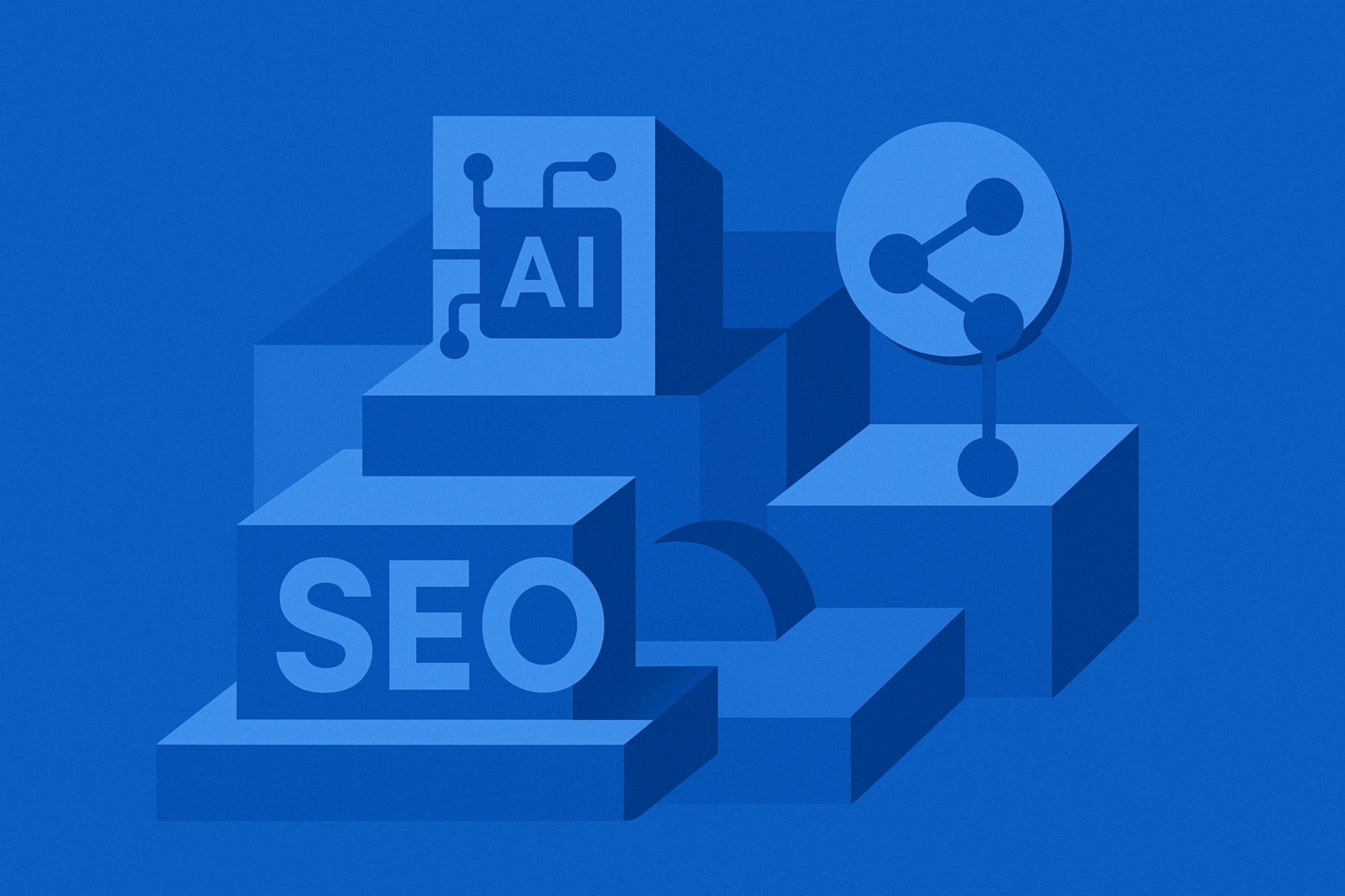Entities, Overviews & Index Bloat: SEO’s Strange Association Game

SEO’s evolutionary path can feel like a Möbius strip: just when you think you’re looping into a new paradigm, you end up right back where you started, with just enough novelty to leave everyone arguing about terminology. Reviewing this latest crop of industry blog posts reveals the underlying tension between AI-induced change and good old SEO fundamentals, with a dash of nervous innovation (and a few marketers frantically prepping for Black Friday).
Old Tricks or Brave New World?
AI has undeniably bulldozed its way into search, but reading through Roger Montti’s sharp dissection of AEO/GEO tactics (SEJ), you might get déjà vu. The hype around optimizing for AI-answers—using chunked content, clear headings, direct Q&A formats—is grounded in practices seasoned SEOs have been championing for years. “Featured snippets,” “passage ranking,” and semantic clarity have worn deep grooves into the SEO psyche. The verdict? Much of what parades as ‘AI search optimization’ is just SEO with a new coat of silicon gloss.
And yet, a crucial insight emerges: while the game pieces have familiar shapes, the board itself is shifting. Bing and Google’s AI are parsing content with compound interest in modularity and clarity, making structured information, question-answer pairs, and semantic precision essential, not optional.
Entities and The (Not So) Surprising Power of Mentions
Michael Ofei’s exploration of Entity SEO (Backlinko) exposes how AI systems elevate relationships and mentions over traditional metrics like backlinks. Context-rich, entity-driven mentions—be they embedded in a podcast, scattered through Reddit threads, or living in product diagrams—now build digital reputations. The AI doesn’t care if you’ve keyword-stuffed your meta descriptions; it wants to see real-world, real-discussion signals connecting your brand to topics, products, and people.
This is echoed in Loren Baker’s survey of AI-era visibility strategies (SEJ). Classic SEO (position one, SERP clicks) suffers a cold shower as impressions soar and clicks plummet, courtesy of AI overviews. The recommendation? Shift mindset—SEO is no longer only a performance funnel, but a brand amplification engine. Winning impressions and authentic mentions matter more than ever, while click-through starts to resemble a luxury.
Technical Messes and How to Tidy Them
Peel back the glitzy AI layer and you’ll find Tom Capper at Moz (Moz) still urging folks to fix the boring stuff. Index bloat, that hidden tax on your site’s quality signals, bleeds relevance and dilutes equity. With AI emphasizing dense, meaningful entity relationships, culling your zombie pages and clarifying your structure isn’t just technical hygiene—it’s core to being “understood” by machines.
Index bloat isn’t just about crawl budget or thin content; it’s a reflection on your site’s authority and focus, which can now directly shape AI’s entity mapping of your brand. Thus, fixing it makes both your old-school SEO and AI visibility stronger.
From Anchor Texts to Black Friday: The Untidy Middle
Amidst the algorithmic churn, some basics never go out of style. Yoast’s guide to anchor text (Yoast) is a reminder that clarity, honesty, and natural language in link building remain foundational. Misleading anchor text—or larding your site with keyword-focused links—can backfire, especially as AI gets better at semantic interpretation and sniffing out manipulation.
And if you’re feeling left out amid the AI revolution, at least you can still save your e-commerce bacon with some “last minute Black Friday” triage (Yoast). The advice? Be clear, act quickly, don’t overthink it. In other words: strategy on a shoestring, which is still SEO’s favorite sport.
Vibe Coding and The No-Code SEO Renaissance
On a more optimistic note, Jonathan Berthold at Moz (Moz) delivers something to soften the cynicism: with AI copilots and APIs, marketers can now prototype their own SEO tools, shedding the dependency on developer sprints. The “vibe coding” ethos—collaborate with smart automation, iterate fast, focus on problem-solving—might just be SEO’s next grassroots shift, even as the machines fight over entities and brand sentiments.
AI Visibility: Tracking, Auditing, and Accepting Ambiguity
The new multi-modal search landscape means visibility isn’t as simple as running a ranking report. Backlinko’s AI SEO audit tutorial (Backlinko) walks through Semrush’s new toolkit, showing practitioners how to track prompt-level performance across AI surfaces. You need to care not only about which questions you’re being cited for, but also about how and where you’re mentioned, your sentiment profile, and the business “trust factors” recognized by both humans and LLMs. AI SEO doesn’t reward guesswork—it demands relentless investigation.
Conclusion: The Real SEO Drama
In summary, this month’s SEO discourse isn’t about breaking with the past, but about reconciling contradictions. AI changes the story, but the best practices sound suspiciously familiar. The future might not be evenly distributed, but the playbook—clarity, structure, genuine mentions, technical rigor, and tool-powered agility—hasn’t changed as much as you’d think. Unless you’re still stuffing your footers with exact-match anchors. In that case, even the AI can’t save you now.
References
- Review Of AEO/GEO Tactics Leads To A Surprising SEO Insight – SEJ
- What is Index Bloat? — Whiteboard Friday – Moz
- Entity SEO in the Age of AI Search – Backlinko
- How To Win Brand Visibility in AI Search – SEJ
- How I Used Vibe Coding to Build Custom SEO Tools – Moz
- Semrush AI SEO: How to Audit Your AI Search Visibility – Backlinko
- What is anchor text? • SEO for beginners – Yoast
- Last minute Black Friday tips to maximize your sales – Yoast
